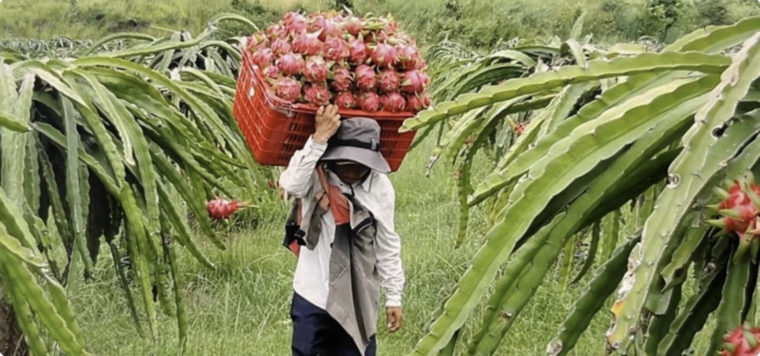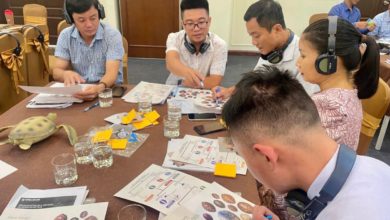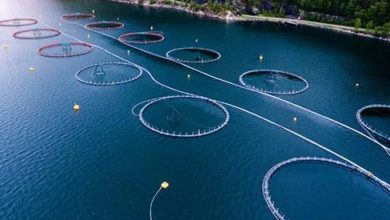Vietnam urges agricultural exporters to diversify markets amid U.S. tariff concerns
As Vietnam faces the looming threat of steep U.S. tariffs, industry leaders are urging businesses to diversify export markets and strengthen supply chain agility.
Ngo Hong Phong, Director of the Department of Quality, Processing, and Market Development under the Ministry of Agriculture and Environment, recommended that, in the immediate term, Vietnam should streamline logistics and customs clearance to fast-track shipments over the next one to three months.
 Harvesting dragon fruit in Bình Thuận. (Photo: Hồng Nhung/TTXVN)
Harvesting dragon fruit in Bình Thuận. (Photo: Hồng Nhung/TTXVN)
He also advised exporters and industry associations to proactively engage with U.S. buyers to find solutions for existing contracts and share the burden of any additional duties.
At the same time, Phong emphasized the importance of addressing U.S. concerns regarding origin verification. He stressed the need for strict control over product traceability to avoid allegations of Chinese origin fraud. Vietnam, he noted, remains committed to negotiating with the U.S. in hopes of lowering the proposed tariffs to zero.
Looking ahead, Phong called on exporters to pivot towards markets where Vietnam enjoys free trade agreements, prioritizing countries with large demand, such as China and the European Union.
The department has outlined a clear roadmap for market diversification by product category: wood and wood products should target Japan, China, and the EU; seafood exports should focus on China, Japan, the EU, and South Korea; cashews to the EU, China, UAE, and the UK; pepper to the EU, UAE, India, and China; and coffee to Germany, Italy, and Japan.
Vietnam’s agricultural, forestry, and fishery exports to the U.S. have consistently exceeded USD 13 billion annually in recent years, maintaining a trade surplus of over USD 10 billion. Imports from the U.S. hover around USD 3 billion per year.
In the first quarter of 2025 alone, exports reached USD 3.21 billion, a 14.9% increase year-on-year, while imports stood at USD 914 million, up 7.1%. Vietnam’s main exports to the U.S. continue to include wood products, pepper, cashew nuts, seafood, coffee, and fruits and vegetables.
Phong cautioned that the U.S. plan to apply a blanket 10% tariff on all imports would significantly disrupt bilateral trade and place considerable pressure on Vietnam’s agricultural export growth in 2025.
“Although the headline figure is 46%, the actual tariff rates will differ by sector. It’s critical that we conduct a detailed analysis of the specific tariffs applicable to each of our export products bound for the U.S.,” he concluded.
VFM






